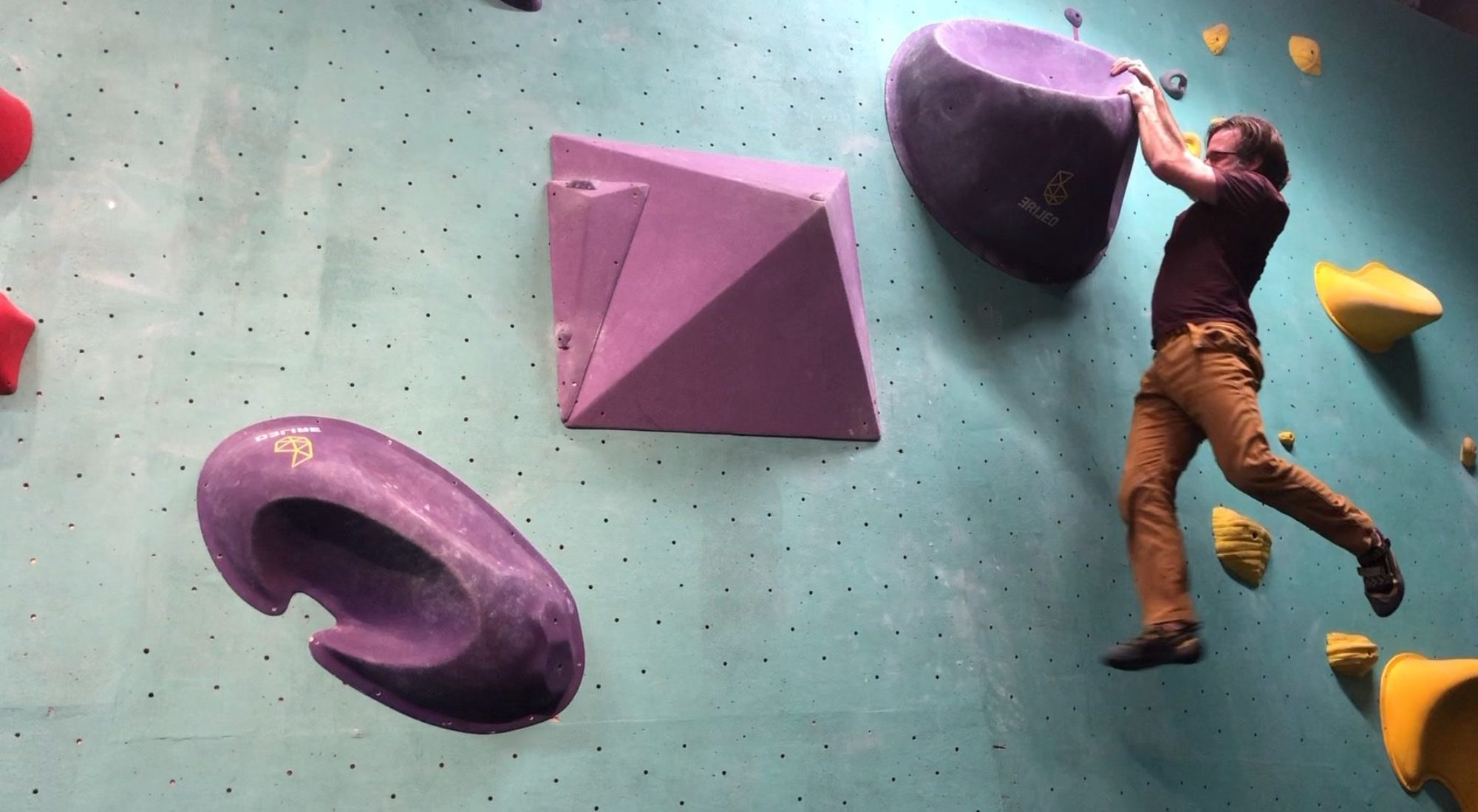Is there an optimal way to heal and recover from injury? The short answer is YES. But what does that look like? Here is a great example in Part Two of How to Recover from an Injury by Heidi Armstrong of Injured Athlete’s Toolbox.
How to Recover from an Injury: Hint…Don’t Try it Without a Movement Therapist (Part 2)
Guest blog by Heidi Armstrong of The Injured Athlete’s Toolbox

This is the second in a 4-part series where I’ll share why, after injury, working with a Movement Therapist is a must. You can read part 1 here.
I’ll share what prompted me to see Jesse, what happens to your nervous system after an injury, and how Movement Therapy helps. I’ll also share how Jesse is helping me unlearn 5 years of constrained (or unnatural) movement.
No, Jesse isn’t paying me to write this. That’s not my style or his. My hope is that my experience will motivate you to recapture the movements that injury has greedily taken.
If you haven’t read part 1 of this series, read that first, then come back.
After years of injury recovery I knew I wasn’t moving with my former fluidity or balance. I just didn’t realize the depth of my brain’s dysfunctional rut until I saw Jesse. Since even minor injuries result in altered movement, I guess I shouldn’t have been surprised to discover how much of my normal mobility I had lost.
Normally, muscles are supposed to react and respond to movement, but when we’re injured, the body cannot get into the right space (because it’s lacking range of motion) for muscles to work properly. The result: we feel tightness followed by pain.
Despite lots of daily stretching, I felt my body getting more and more restricted on the side opposite of my injury, specifically my hip and back. I learned why from Jesse. Note: It’s very common for second injuries to happen on a part of the body diagonal from the first injury.
Jesse said, “Traditional static stretching isn’t great for movement restoration because it doesn’t challenge the nervous system in gravity. Static stretching has its place, but I consider it like salting your food. A little goes a long way.”

